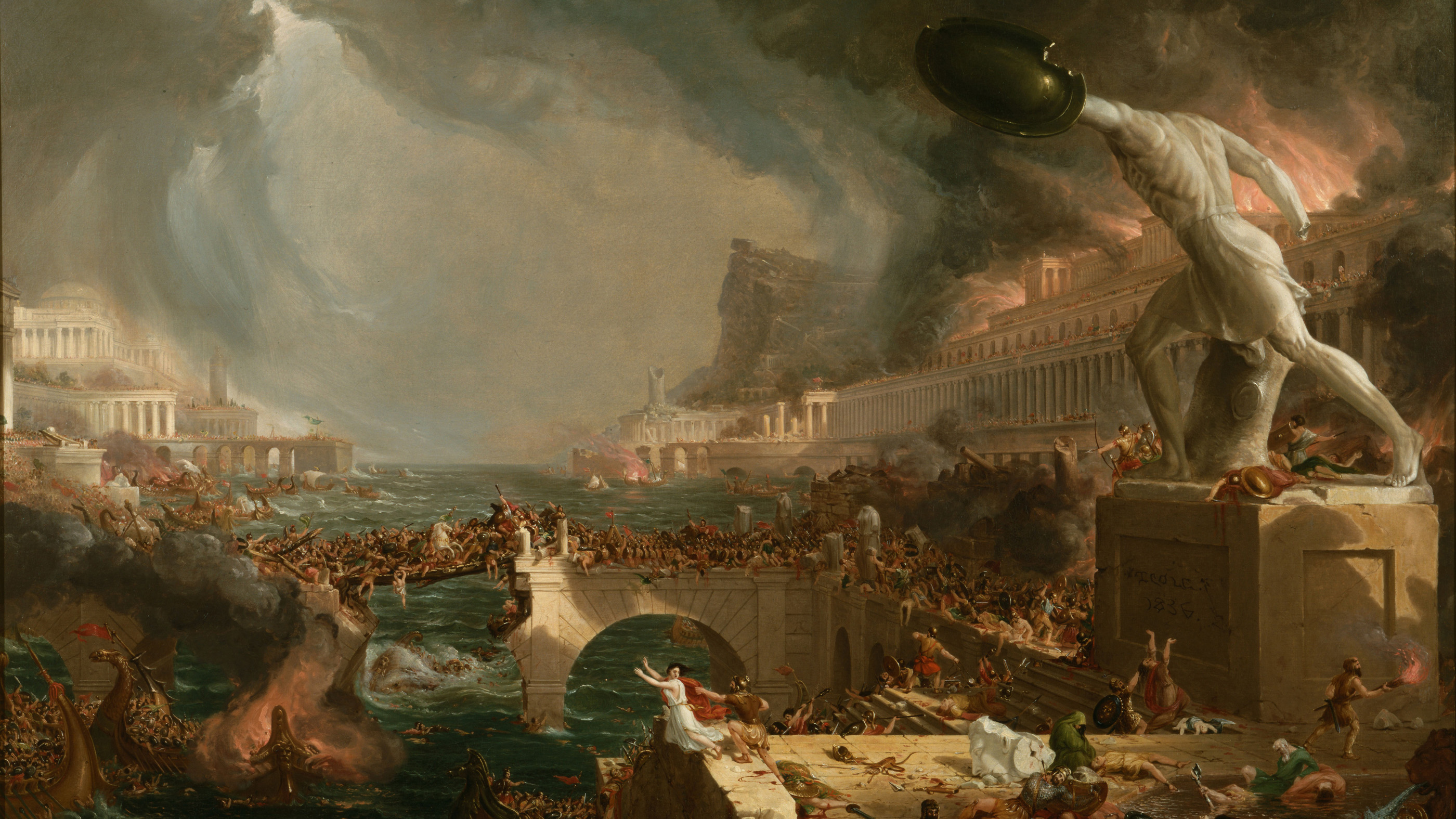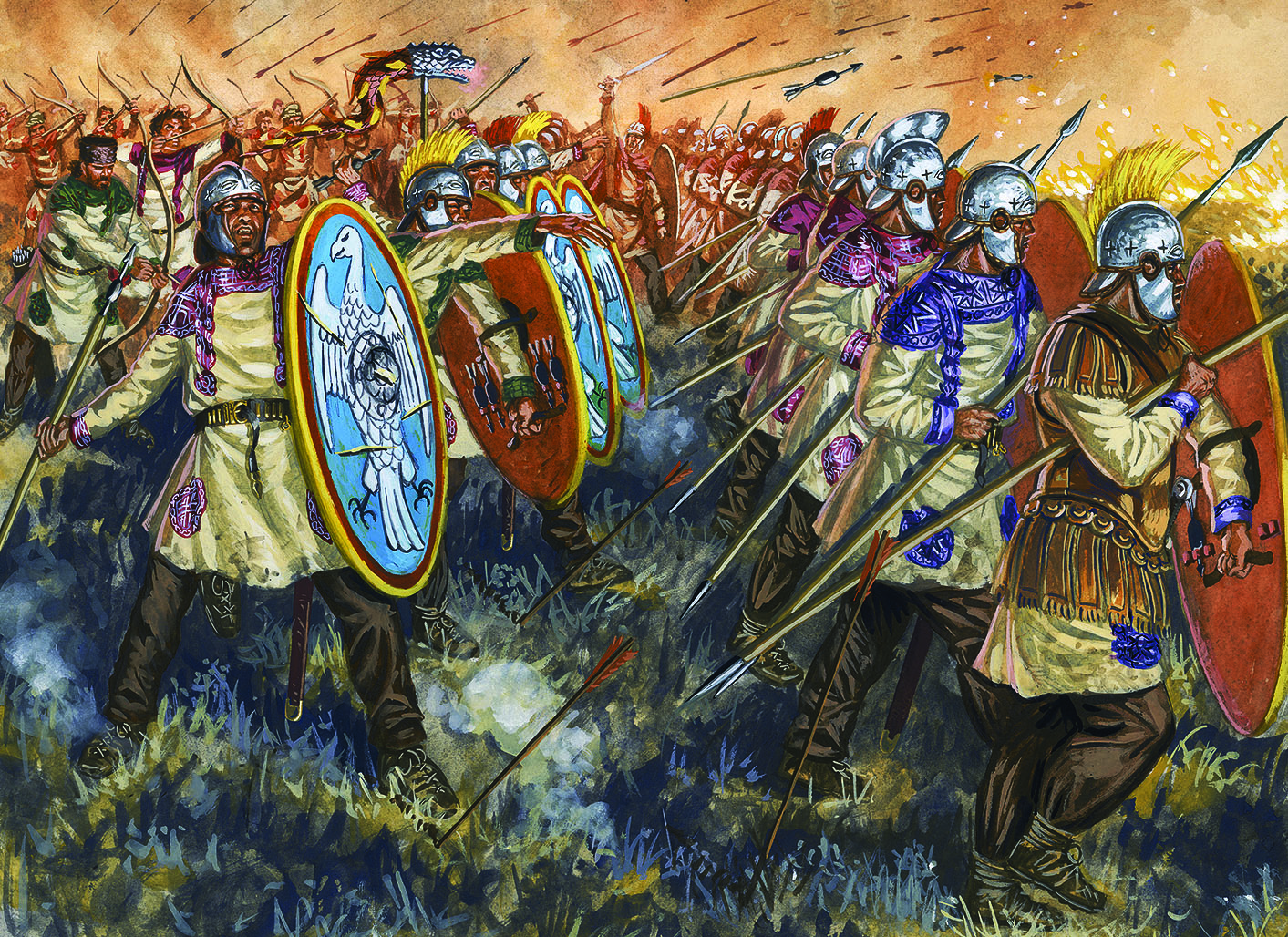Portal page
The Crisis of the Fifth Century
The Crisis of the Fifth Century
by : Frederick II of the HRE

The Fall of Rome

The Fall of Rome
From the Battle of Adrianople and the death of Valens until the death of Gratian
From the elevation of Magnus Maximus until the ascension of Victor
From the ascension of Victor until his death in 406
From the death of Victor until the ascension of Anthemius
From the invasion of North Africa until the Battle of Verona
Last edited:




